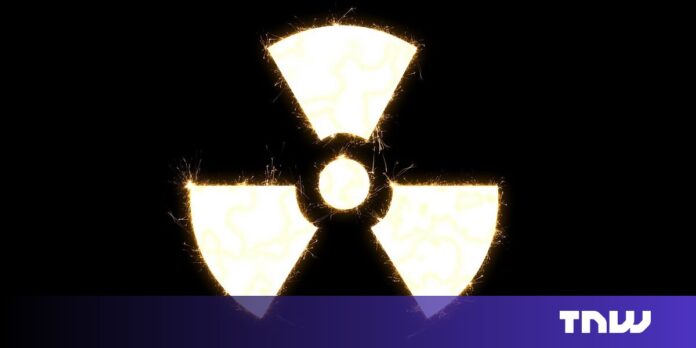Introduction to Nuclear Waste
Europe has been generating energy from uranium for over 50 years, resulting in massive stockpiles of nuclear waste. This radioactive material takes millions of years to become safe, and there is no clear solution for disposing of it. However, a Franco-Dutch startup called Thorizon has a innovative idea: reusing nuclear waste to generate new energy.
The Problem of Nuclear Waste
The process of using uranium as fuel in nuclear reactors produces radioactive waste that still retains around 90% of the uranium’s original energy. According to Thorizon’s CEO, Kiki Leuwers, Europe’s stockpiles of nuclear waste could power the entire region for 40 years. In the US, scientists believe it could power their country for around 100 years. Despite this potential, most of the world’s nuclear waste ends up in temporary storage facilities, awaiting a long-term solution.
Why Isn’t Nuclear Waste Being Reused?
In the past, countries like the US, France, and Japan explored the possibility of reusing spent nuclear fuel. However, these efforts were abandoned due to concerns about nuclear proliferation and the abundance of cheap uranium. As a result, most nuclear waste is stored in dry casks, a temporary solution to a long-term problem. Some countries, like France and Japan, still reprocess some of their used fuel, but this is not a widespread practice.
Thorizon’s Solution
Thorizon is developing a small modular molten salt reactor (MSR) that runs on a mix of spent nuclear fuel and thorium, a radioactive metal with untapped potential. The company aims to begin construction of its first reactor, Thorizon One, within five years. Once complete, the plant is expected to produce 100 megawatts of electricity, enough to power around 100,000 homes or a major data center. Thorizon’s MSR operates at high temperatures but low pressure, making it safer and more efficient.
How Thorizon’s Plant Will Work
Thorizon’s design uses a system of cartridges, each filled with molten salt and a mix of spent fuel from traditional reactors and fresh thorium. The idea is that these cartridges can be replaced once the radioactive part of the fuel has largely been depleted. This approach allows for the safe handling of radioactive materials and makes the reactor more efficient. Thorizon has completed its conceptual design and is engaged in regulatory talks with Dutch, French, and Belgian authorities.
Funding a Nuclear Waste Renaissance
Thorizon has raised €42.5 million in funding, but it needs €750 million to begin building its prototype reactor. The company is seeking public-private partnerships to support its development. Government backing and venture capital will be crucial to bringing this technology to life. However, Thorizon’s CEO notes that being based in Europe may put the company at a disadvantage in terms of funding, as US-based startups have been able to scale faster and attract more private funding.
Conclusion
Thorizon’s innovative approach to reusing nuclear waste could provide a solution to Europe’s massive nuclear waste problem. By developing a small modular molten salt reactor that runs on a mix of spent nuclear fuel and thorium, the company aims to generate clean energy and reduce the continent’s reliance on fossil fuels. While there are significant funding challenges to overcome, Thorizon’s technology has the potential to hit three birds with one stone: cleaning up nuclear waste, reducing Europe’s reliance on fossil fuels, and supplying stable baseload power to homes and industries.

